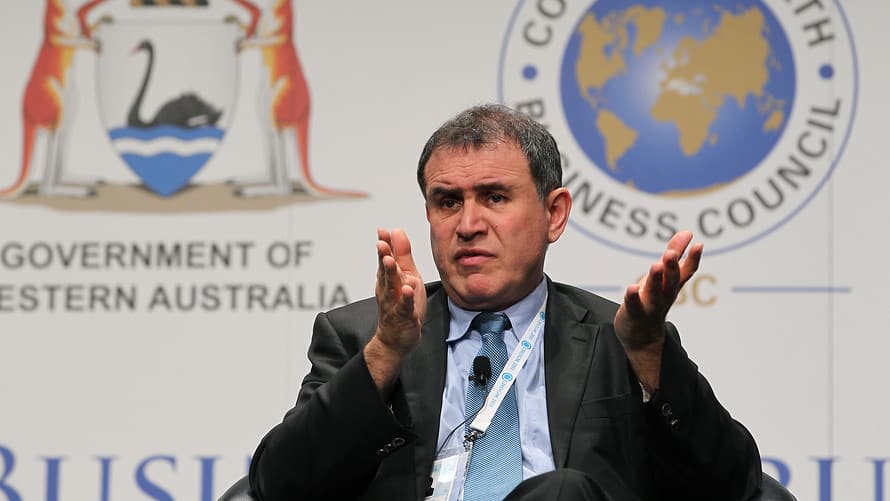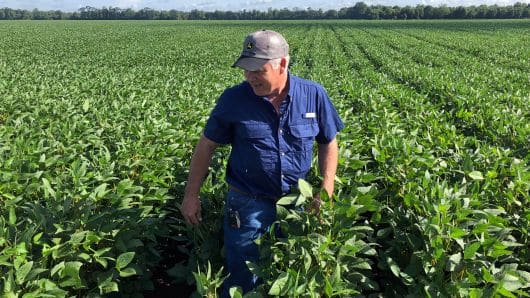
It might be Thanksgiving Day, but this is a year that feels as if there’s been little for the investment community to be thankful for. Although the widely followed S&P 500 (SNPINDEX:^GSPC) has recouped all of its bear market losses and hit new highs, most businesses are still a long ways away from where they were before the coronavirus disease 2019 (COVID-19) pandemic hit.
The big question that investors should be asking is, “Does the S&P 500 really deserve to be valued at or near an all-time high?” Even with multiple COVID-19 vaccines potentially on the horizon, the answer to this question might well be no.
Perhaps the better question to ask is, “Who’s ready for a stock market crash?”
I know what you’re probably thinking: “Here comes more doomsday gibberish,” or perhaps you’re just letting out a subtle eye roll. But make no mistake about it, the catalysts are in place for disappointment over the next couple of months.
Vaccine response is priced to perfection
Potentially the biggest source of hope for Wall Street since March — COVID-19 vaccines — also happens to be its biggest threat. Earlier this month, we learned from an interim analysis that Moderna’s (NASDAQ:MRNA) late-stage coronavirus vaccine candidate, mRNA-1273, offered a vaccine efficacy of 94.5%. A week before Moderna unveiled its results, Pfizer (NYSE:PFE) and BioNTech (NASDAQ:BNTX) spilled the beans on their COVID-19 vaccine, BNT162b2. An updated interim analysis showed a vaccine efficacy of 95%.
Game, set, match! Science for the win, right? Not so fast.
In spite of this positive data, there’s still a lot of pertinent information we don’t know. For example, we don’t know how long these vaccines work in the average patient, or how effective these vaccines were in at-risk subgroups.
There are also potential distributional challenges. The Pfizer/BioNTech vaccine needs to be kept below 100 degrees Fahrenheit, which is colder than any other vaccine in the United States. Pharmacies and doctor’s office simply don’t have freezers that operate at these temperatures. On the bright side, Moderna’s vaccine doesn’t have serious temperature constraints.
Furthermore, vaccine availability doesn’t mean a cure. According to a September survey from Pew Research, only 51% of surveyed Americans would get a coronavirus vaccine, if it were available today. That’s down from 72% who said they’d get the vaccine (if available) in May. These holdouts who choose not to get the vaccine, or who prefer to wait a few months to ensure the safety of the vaccine on a larger population, can perpetuate transmission and lengthen the time to economic recovery.
The point is, the stock market is pricing vaccine development, distribution, and uptake as going off without a hitch. Unfortunately, hiccups are to be expected.
History says stock market crash 2.0 is coming
Although investment firms will tell you that past performance is no guarantee of future results, history has a way of repeating itself on Wall Street. And what historical data tells us is that a stock market crash or correction may be inevitable in the short term.
Since 1960, the S&P 500 has navigated its way through nine bear markets (i.e., declines of at least 20%), which includes the most recent one in March 2020. In the three years that followed each of the previous eight bear market bottoms, the S&P 500 experienced an aggregate of 13 downside corrections ranging between 10% and 19.9%, according to data from market analytics firm Yardeni Research. Put another way, every single rebound from a bear market bottom has featured one or two pretty sizable declines — and more often than not, these crashes or corrections happened well before the three-year mark was up.
Broaden the lens beyond just rallies from a bear market bottom and you’ll see how common crashes and corrections truly are. Since the beginning of 1950, the S&P 500 has undergone 38 corrections of at least 10%, or one every 1.84 years. What’s more, since the beginning of 2010, there have 15 corrections of at least 5.8% in the S&P 500. That’s one every 8.7 months.
History is never going to be able to accurately predict when a market crash will happen, how long it’ll last, or how steep the correction will be. It does, however, show how commonplace it is for investor sentiment to shift on Wall Street. With the CBOE Volatility Index still well above its norms, it wouldn’t take much for sentiment to shift in the months that lie ahead.
Stocks are historically expensive
Another issue for consideration is that equities are historically pricey. The Shiller price-to-earnings ratio for the S&P 500, as of Nov. 20, was 32.43. The Shiller P/E is based on the average inflation-adjusted earnings from the previous 10 years. For some context, the Shiller P/E ratio has averaged 16.8 over the past 150 years.
On one hand, a higher Shiller P/E ratio has been somewhat the norm for the past 25 years. Access to information has improved dramatically (thanks, Internet!), and historically low lending rates are allowing high-growth companies the ability to put cheap capital work. The conditions are certainly ripe for stocks to thrive.
On the other hand, the pandemic may hold back domestic and global growth prospects for another year, if not longer. Financial stocks, which are the backbone of the U.S. economy, are liable to struggle under the weight of lower interest income and rising loan delinquencies. Significant challenges should also be expected for retailers and other service-oriented industries.
The way I see it, the stock market could be headed for a short-term crash or correction no matter which path Wall Street chooses. If investors stick with high-growth but pricey tech stocks, an eventual return to normal could cause slower sales growth and deflate high hopes. But if investors choose to rotate into value stocks, these slower-growing companies won’t be able to support the weight of nosebleed valuations.
The reality is that another stock market crash is inevitable.
























